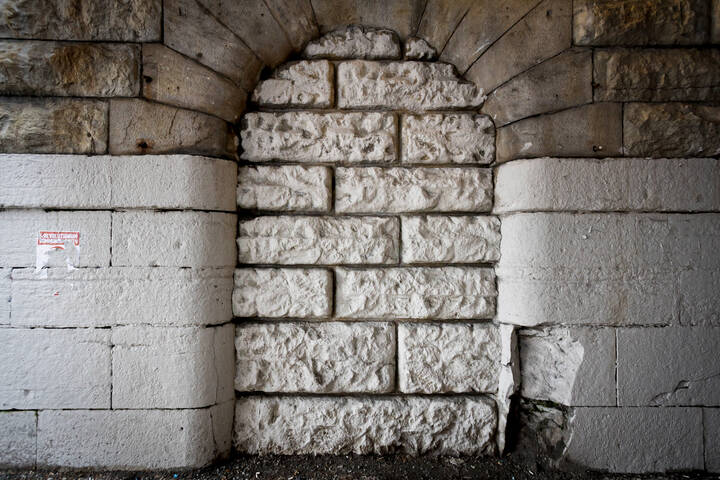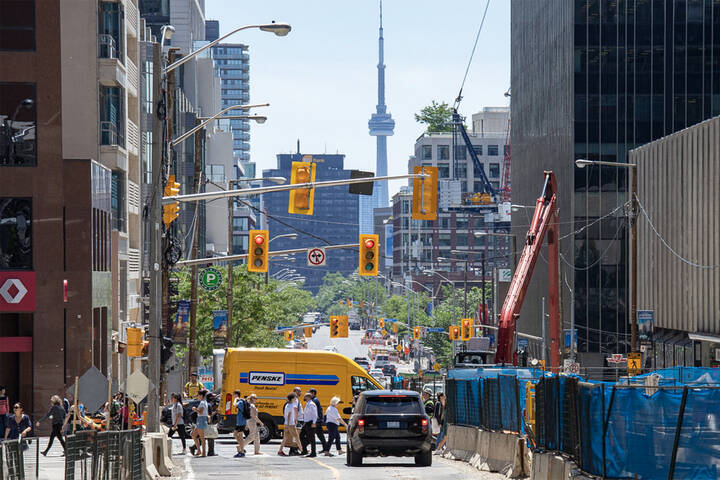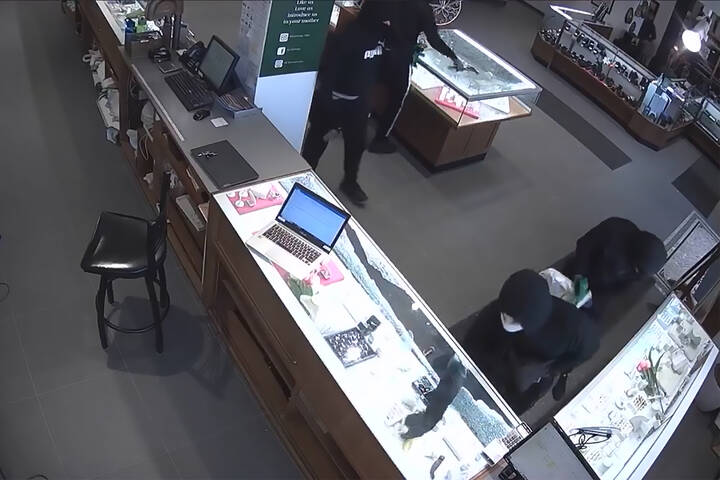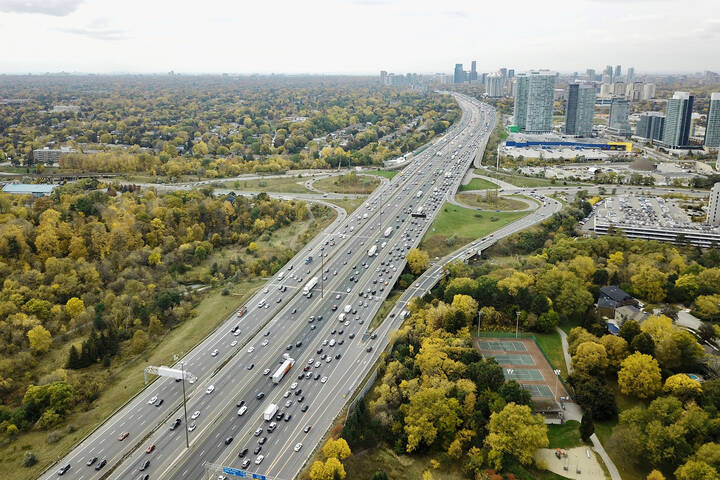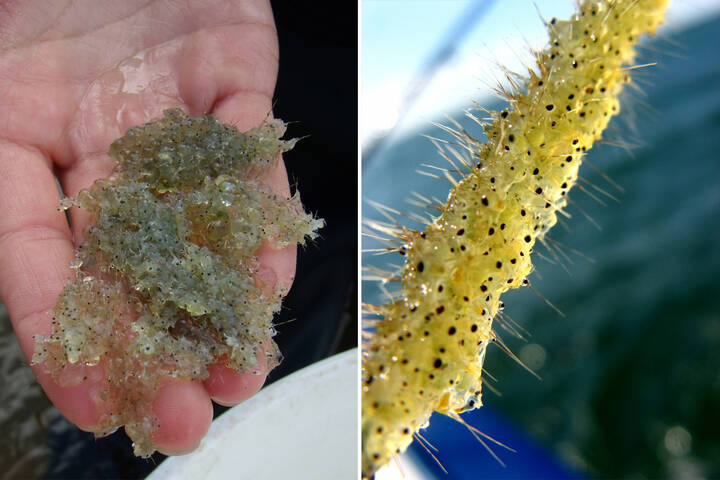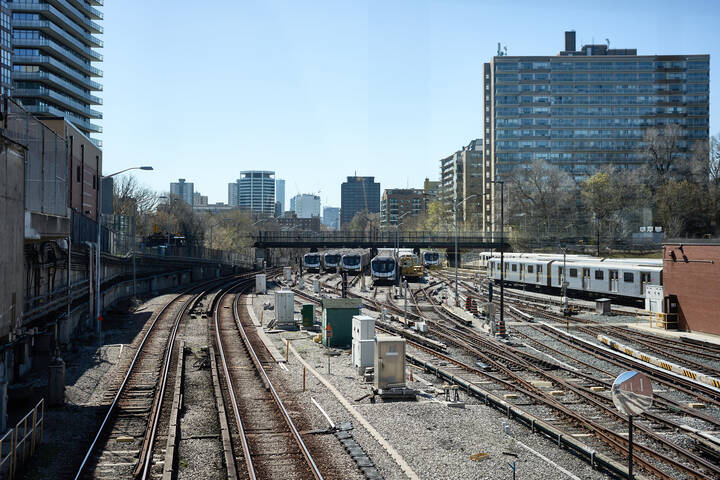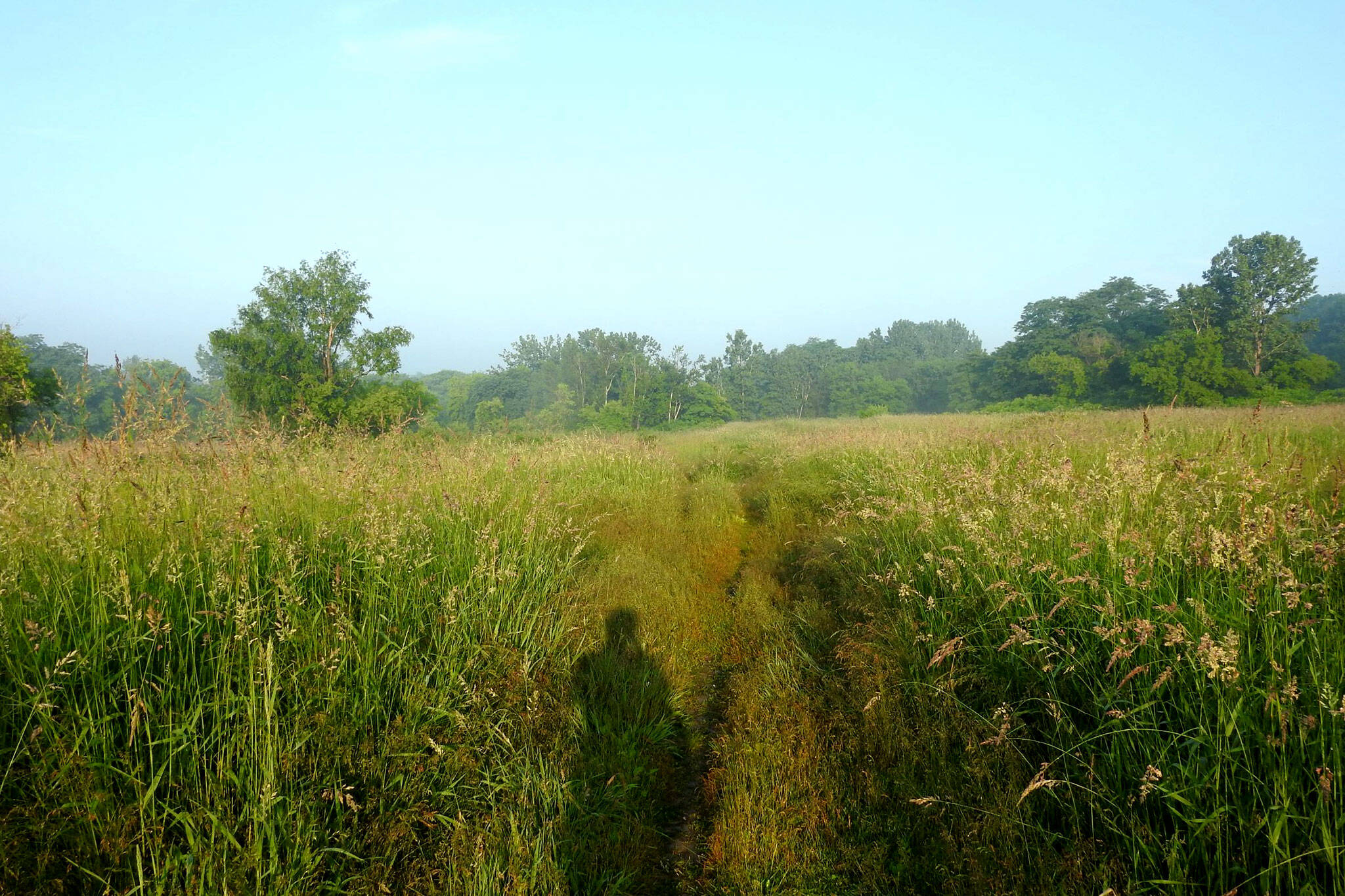
Toronto is on track to lose an accidental urban wilderness 60 years in the making
As a city, Toronto rightly prides itself for its green areas. Sprawling parks, extensive ravines and wetlands, and a remarkably extended tree canopy offer places of natural beauty and respite in one of North America's largest cities.
This particular point of municipal pride, however, can sometimes be attributed as much if not more to happenstance and the initiative of individuals rather than to the intervention of our elected officials and city planners.
In some cases, the green spaces we enjoy today are the outcome of the foresight and generosity of donors who, in their effort to preserve something of Toronto's natural beauty for future generations, counted on the city to honour their vision.
Toronto's second-largest parkland, High Park, is a testament of just this type of forward thinking.
Deeded to the city in 1873 by John George Howard, High Park dedicates one third of its 400 acres to the preservation of original oak savannah forest of the type that is now widely threatened in Ontario.
Other city parks developed in a somewhat more haphazard way, but nonetheless came into being through the sustained activism of a core group of nature enthusiasts who managed to bring the city onboard with their project.
Here we can hold up Toronto's Tommy Thompson Park (TTP) as a stunning example of what can happen when ambitiously expansionist city projects subsequently draw the attention of nature advocacy groups.
Literally created from the rubble of Toronto's mid-20th-century construction boom, the present-day parkland extends south of Leslie Street as an artificially-created five-kilometre peninsula or "spit" that juts into Lake Ontario, as it was originally intended to provide a breakwater to shield Toronto's busy harbour.
The fact that it is a greenspace today—and not, as some would have hoped, a restaurant-lined beachfront—can be credited in large part to the sustained efforts of a dedicated group of engaged citizens, who, calling themselves "Friends of the Spit," advocated to keep the spit "wild" and allow nature to take its course.
And nature certainly did just that.
Visit the spit today and you are likely to see beavers, coyotes, red foxes, snapping turtles, and double-crested cormorants that nest in their tens of thousands—to name only some of the flashier, if not uniformly beloved, of the park’s breeding species.
TTP is, in fact, one of Canada's top birding hotspots boasting an impressive 316 recorded species of birds, 55 of which use it as a nesting ground.
That this stunning "accidental wilderness"—to borrow Walter H. Kehm's apt turn of phrase—is located a mere 30-minute bike ride from Toronto's downtown core is a testament to all that urban greenspaces may become when nature is allowed to take hold unhindered.
And then Toronto hosts natural spaces that came into being not only unintentionally, but seemingly in spite of every effort to the contrary.
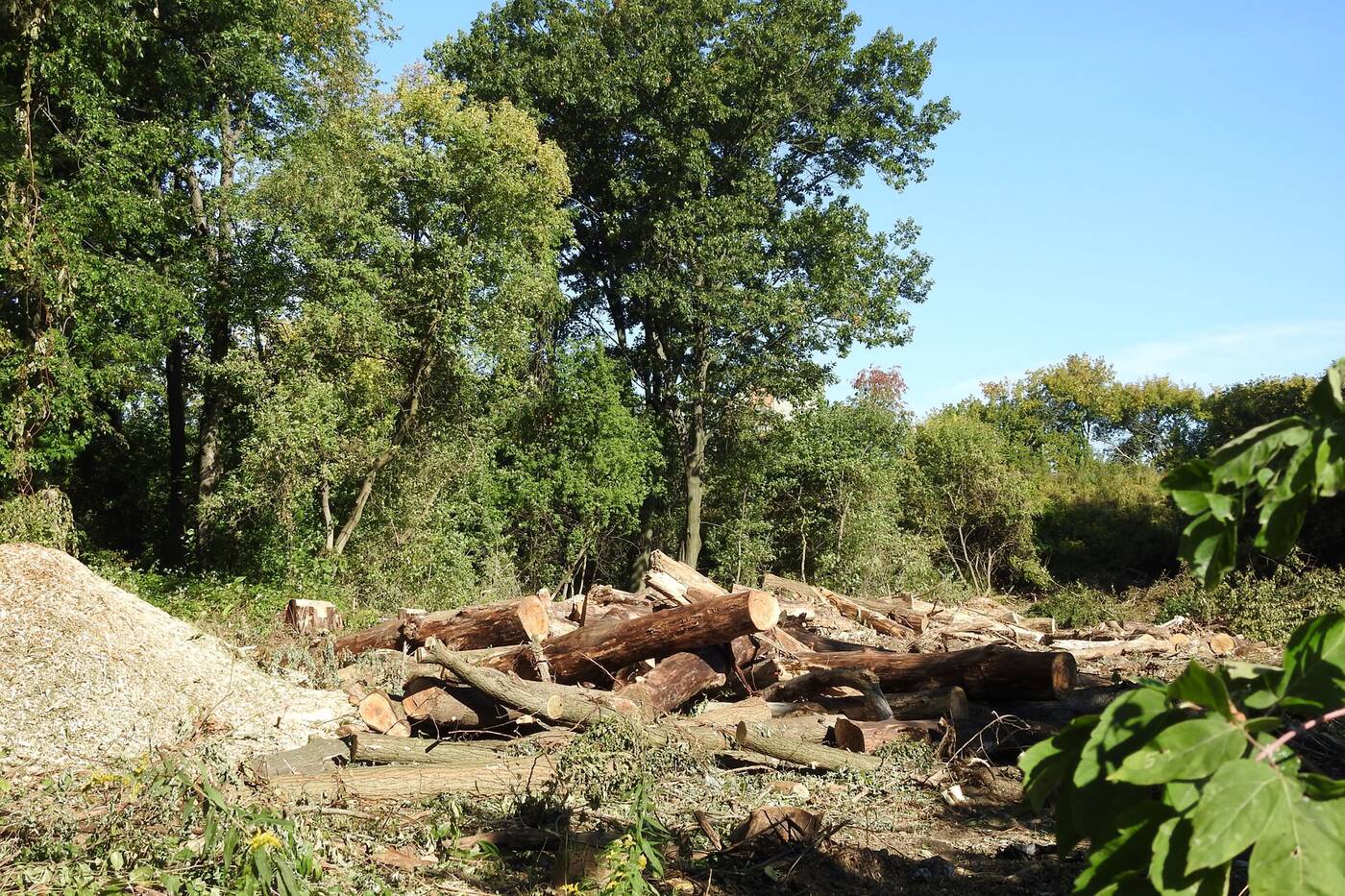
Three rows of trees are cleared from the quarry’s eastern flank to make room for townhouses.
One such place is a rectangular swath of land extending approximately 800 meters east of Victoria Park Avenue, and sandwiched between the rail lines to the north and Gerrard Street East to the south.
The city and the companies gunning for its development have taken to calling this nearly 20-acre lot "Birchcliff Quarry Lands." Locals simply call it "the quarry."
Both names reference the fact that beginning in 1878, this land was mined for sand and gravel. Subsequently, in 1953, the cavernous pits that pockmarked the site became dumping grounds.
And by 1960, the quarry-turned-landfill was closed down and generally left to the elements—and the inevitable churn and (controlled) burn of garbage-produced methane seeping up from below.
Here, too, nature was left to take its course, which, as we will see, it did in striking fashion. But you wouldn’t know it to look at a map of the city. For example, the designation of "Birchcliff Quarry Land" is not listed in Google Maps.
Rather, what the app does show at that location is a modest "green" outline of a parkette labelled "Runneymede Lands" surrounded by a substantially larger mass of uniform "grey," which the viewer might reasonably assume to be an industrial wasteland.
Switch to Google Map's "satellite" imagery, however, and quite a different picture comes into view. In place of the grey areas are the many greens of real-life vegetation, revealing that the most thickly forested and marshy areas lie outside of the minimally-manicured section of the officially-designated park area.
Online descriptions of the site offer a similarly confusing portrait of the quarry. Descriptors like "vacant," "unused," and "brownfield" (as in contaminant-laden land) contrast with claims that the quarry is "prized" and "well-loved" for the greenspace it offers.
Curious about what seemed to me to be a series of contradictory portrayals of the quarry, in July of this year I resolved to visit it for myself.
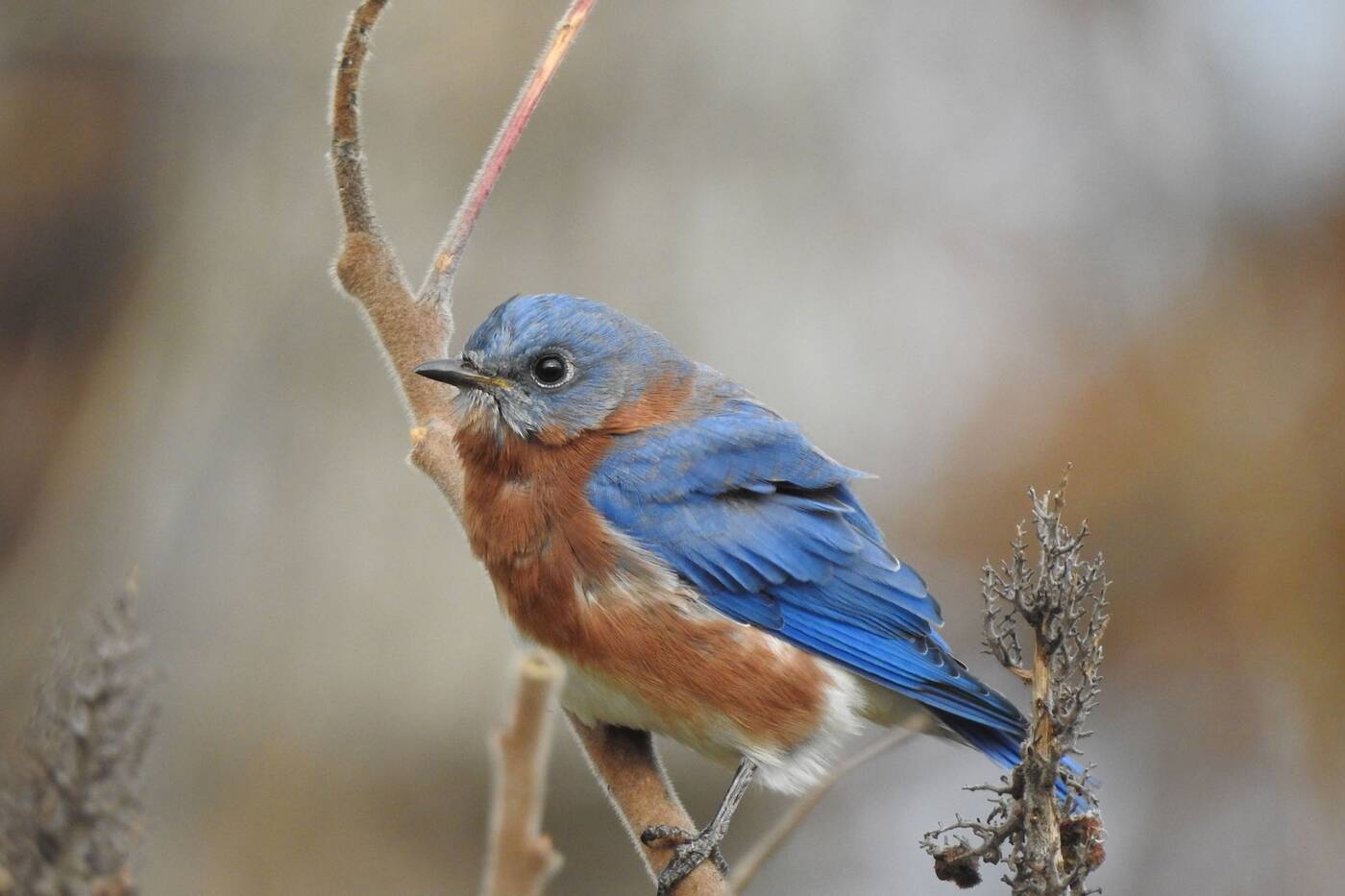
The quarry provides a place of refuge for migrating birds like this eastern bluebird.
For this occasion, I was treated to a guided walk by local resident and avid birder, Connor Smith, whose near-daily reports and pictures of quarry birdlife—each diligently catalogued and uploaded to the birding app eBird—first alerted me to the quarry itself and the wildlife it supported.
Our tour began on the south-east corner of the quarry where we found ourselves on a well-worn dirt path that wound its way through waist-high grassland.
Soon I had my first full view of the quarry: sprawling meadowlands dominated a landscape that is otherwise fringed on its northern and eastern flanks by a ribbon of dense deciduous forest that includes, among other varieties, oak trees of impressive proportion.
Like humans, wildlife is drawn to open bodies of water, and the quarry features that as well.
Granted the quarry's marsh was, at that time of year, a dense tangle of golden phragmite—an invasive species that had colonized what should otherwise be cattail territory—it certainly did not prevent common grackles and red-winged blackbirds from taking up residence among the reeds.
Canadian summers, of course, are transformative. Come winter, Connor assured me, I would have no trouble picking out the hull of an old boat and a mishmash of curb-thrown trash, all of which had found its way into this, the quarry's topographical lowest point.
We took a few minutes to take in a view that included the flit and flutter of a substantial number of the coral-coloured monarch butterflies that were attracted, I imagined, by the quarry's plentiful milkweed growth, which this long-distance migrant requires for its reproductive success.
But Connor was keen to show me some of the ways local people had enjoyed and made use of the park.
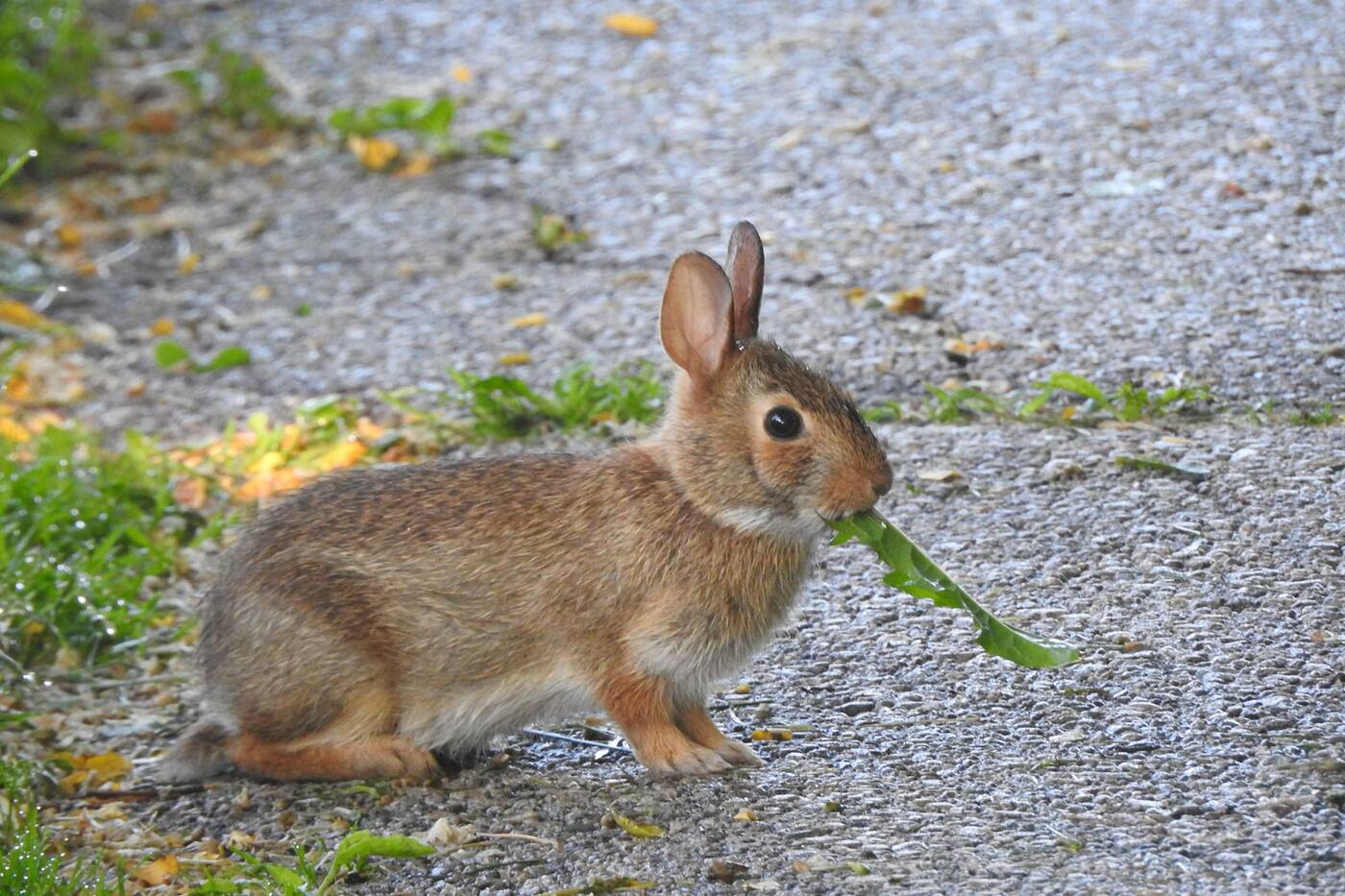
Young eastern cottontail ventures out of the quarry and onto Gerrard St. East.
Pushing north toward the rail lines, our path intersected a concrete platform over which, Connor pointed out, grade schoolers had constructed a series of literal brick-and-mortar skateboard ramps.
And while these ramps appeared just as you'd expect of a construction project carried out by children, it was impossible not to be moved by the image of small hands lugging the heavy material required to create an outdoor space that suited their particular recreational needs.
Clearly, in addition to the resources it offers to its wild inhabitants, the quarry provides assorted social services to its human visitors.
This became increasingly evident as we moved further into the forestland where we found the remnants of a campground and a modest BMX circuit.
Peering through the foliage, I saw what appeared to be a couple of lawn chairs on a kind of flagstone patio. This unusual scene, Connor observed, was the creation of a local who, seeking to mitigate the sense of confinement brought about by the first-wave lockdown, built his own nature retreat bit by bit from neighbourhood rubble.
No sooner had we moved on from admiring this tree-covered yard-scape that we came upon another of the quarry’s artisanal offerings. Dangling from some low-hanging branches that lined our trail were a series of faded cardboard designs.
Connor explained that, at one point, these objects were easily recognizable as the latest creative effort of one or another of the park's "resident artists."
As we continued along the path, I was surprised to come upon temporary orange plastic fencing that sliced through the forest in neat straight lines, clearly delineating areas of the quarry that were recently defined as no-go zones.
As there was no signage, I couldn’t tell whether these fences were erected to keep people from wandering into some dangerous part of the park, or were meant to delineate areas slated for imminent development, or had some other function unrelated to the activities of park users.
In every case, however, the temporary barriers were anything but a deterrent to quarry regulars, who, keeping to an established network of crisscrossing park paths, simply trampled over or sliced through the flimsy fencing.
Clearly, whoever is in charge of managing this area fails to appreciate the reality that a great number of people use the quarry as they would any other park that offers the opportunity for recreation and the enjoyment of greenspace.
Our last leg of the tour took us through the mid-section of the quarry in the area designated as Runneymede Lands. This space is distinguished from the rest of the quarry by the fact that some of its grassy areas had been mowed, which makes it particularly attractive to neighbourhood dog walkers.
Along the way, we passed many a blue rectangular stack protruding about a meter out of the ground. On close inspection, these stacks revealed themselves to be landfill gas monitoring wells, offering a visual reminder of the fact that the quarry greenery sits atop a mound of methane-producing rubbish.
Ironically, it would seem that the park's wild inhabitants along with humans seeking some green open space have this gas to thank for the fact that this land was spared the destructive impact of commercial development for as long as it was.
Exiting the park where we entered, we took a moment to examine a new construction project that shaved three lines of trees off the quarry’s eastern flank.
Peering across the treeless landscape from which townhouses will eventually spring up, Connor was keen to explain that while eliminating a row of slow-growing oak forest here and there may look good on the drafting tables of urban planners, when it comes to the non-human users of the quarry, space matters.
Gesturing towards a corner of the construction site, he noted that, there, in what had been the thickest and least accessible area of the brush, wood thrushes had nested.
Connor credits their failure to make an appearance this year to the most recent stage of the quarry’s alteration, which reduced that section of available woodland by half. When it comes to nesting birds, forest depth and density count a great deal.
The quarry was brought into being through the extractivist imperatives of a growing metropolis and then shaped by the corollary requirement of any growing city always in search of new dumping grounds.
What at present is referred to by the city and commercial developers as the Birchcliff Quarry Lands, in fact, is part urban wilderness and part home to all manner of people seeking the solace and recreational opportunities created by this unofficial parkland.
Today, however, this greenspace is slated for demolition.
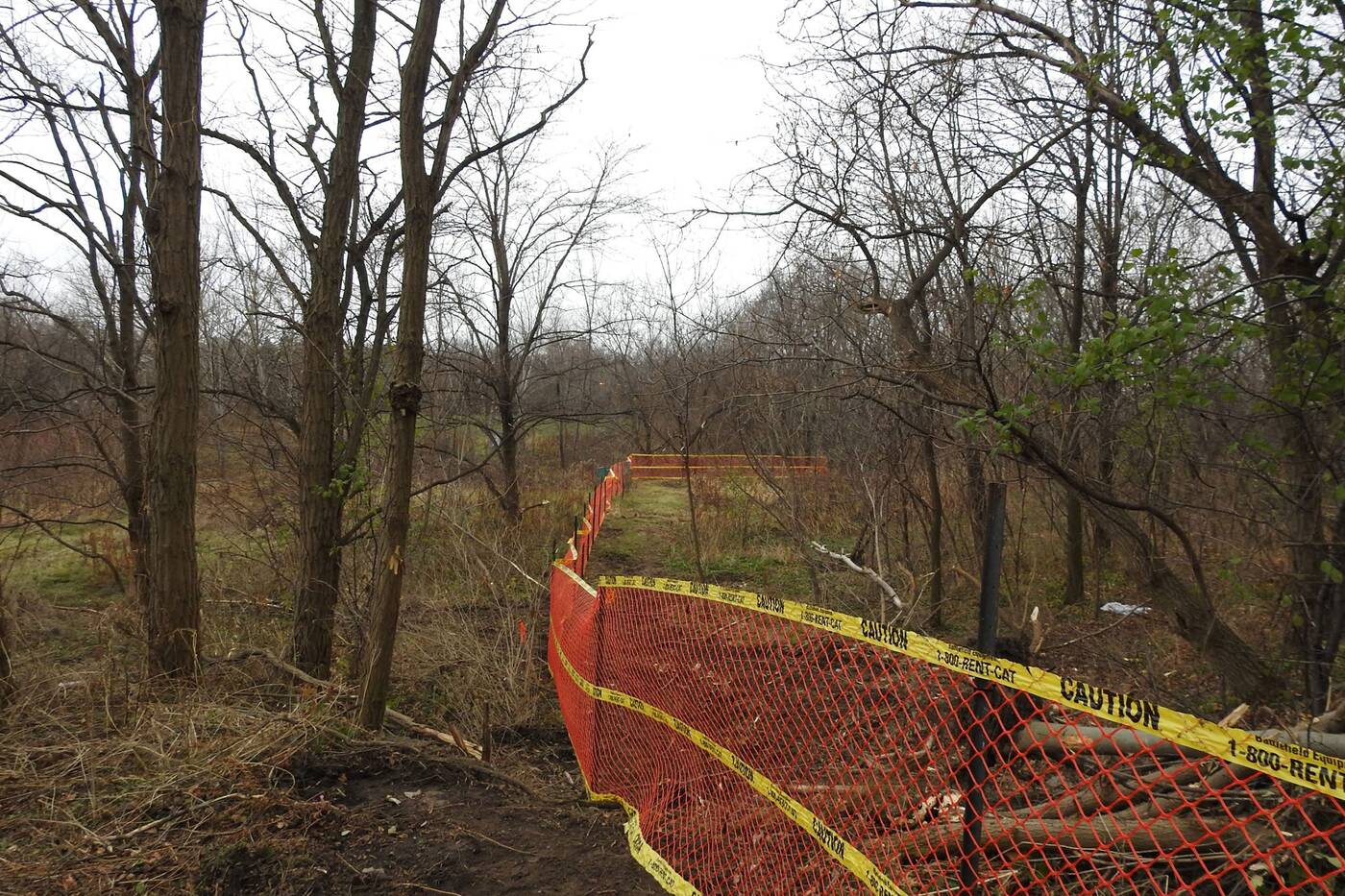
Temporary fencing cuts across sections of the quarry.
This past July 14, Scarborough councillors approved a development project that will reduce the greenspace to small parcels that will tally up to about a third of its current expanse.
In its place, 1,052 new housing units will be built. In promoting this project, its proponents are keen to draw attention to the fact that 120 (i.e., 11.4%) of these units will be designated as affordable housing, which, according to the city’s official definition, means housing offered at rents that do not exceed the average city-wide market rents.
Perhaps it is the case that the creation of some residences designated affordable, however modest in number (and potentially unaffordable in practice), is cause for some celebration.
However, given what we know of the importance of the quarry as greenspace, is this trade-off of parkland for commercial real-estate worth it?
Why doesn't the city press builders to develop an actual industrial wasteland, that is, a district of the city that has not been miraculously transformed into a stunning urban parkland of the sort that characterizes the national treasure that is Tommy Thompson Park?
The question of preserving one more of Toronto's greenspaces for future generations seems all the more pressing as we struggle to emerge from the shadow of a world-wide pandemic that, having driven so many of us into long-term physical and social isolation, has highlighted the fundamental importance of access to greenspaces.
This is particularly the case for those of us whose economic circumstances has pushed us into ever smaller, cramped and yard-free living spaces.
And what of the many wild plants and creatures with whom we share this city? Are they not entitled to the wilderness that they chose to reclaim nearly six decades ago?
Barring an appeal or some unforeseen change of heart on the part of the city or developers, the quarry and everything that it offers will be but a memory of a flourishing urban wildernesses.
Connor Smith
Latest Videos
Latest Videos
Join the conversation Load comments

